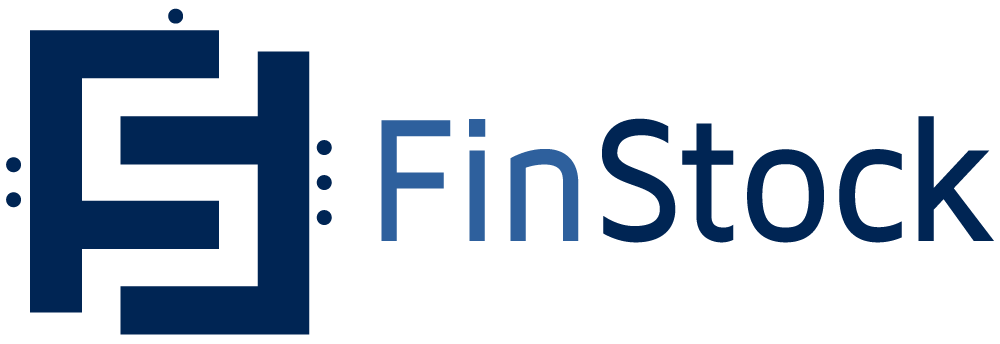
Levent Ozsahin, Managing Partner at Advancetics B.V.
It’s human nature to miscalculate how best to respond to supply chain disruptions–either over- or under-steering in anticipation of a crisis. Optimists often delay preparing for supply chain disruption for fear that contingency actions lead to self-fulfilling prophecies. Pessimists are known to ‘catastrophize’ and prepare for such dire outcomes that they become blind to any potential silver linings. What ends up happening in reality often lies in the space between these two extremes.
How to respond to supply chain disruptions
In business one might say that it’s better to set expectations low during a crisis, then be surprised by good outcomes. But that rule doesn’t always work in the world of supply chain planning. Overstocks can lead to unacceptable surplus costs and waste; insufficient stock leads to unmet demand and poor service levels. All of which can cause long-term reputational problems.
I have been a ToolsGroup partner since 2015, after working over 10 years at a global consumer goods company, where I started knowing and enjoying the benefits of ToolsGroup Service Optimizer 99+ (SO99+). My company Advancetics B.V. sells and deploys ToolsGroup software to companies in The Netherlands, Belgium and Turkey.
I want to share experiences I had with two very different types of companies–an automotive spare parts aftermarket distributor and a major beverages manufacturer–both of which had unexpected demand surges as a result of COVID-19 supply chain disruptions. Fortunately, these companies were prepared for these surprise gains because they were using digital supply chain planning software.
Beverage consumption continues at home, even more than in normal times
During the first COVID spike, our customer was concerned that sales would plummet because consumers would no longer be able to drink in bars and restaurants. Fortunately, the company had been using SO99+ to sense demand day-by-day at SKU and POS level. By the start of March 2020, SO99+ sensed a major shift in demand from ‘out-of-home’ (restaurants and bars) to ‘retail’ channels (supermarkets and corner shops) and regularly started revising its March-June projections accordingly. This was essentially a shift from B2B to B2C channels.
At first the planners were skeptical as the forecast looked almost too good to believe. However, the forecasts that SO99+ produced for July-November proved to be almost spot-on and this increased the teams’ trust, not only in SO99+ but also the data model built.
A surprisingly buoyant automotive spare parts market
The second customer is an automotive spare parts distributor that had implemented SO99+ several years ago. Again, one could be forgiven for thinking that the bottom would completely fall out of the automotive market during a pandemic, with so many people stuck in their homes. However, as in many other parts of the world, the exact opposite happened. The second-hand car market skyrocketed during COVID, with a huge increase in service and spare parts business sensed by SO99+ quickly and accurately adjusted stock and supply plans. As people in highly populated cities were very reluctant to use public transportation, many used savings or low-interest financing to buy second-hand cars for family members. With so many second-hand buyers and sellers, demand for spare parts was huge.
Consequently the company was prepared with enough inventory to meet demand and service levels. Without this forward visibility and prompt adjustment of supply based on changing demand, however, things could have been very different.
Three important lessons for responding to supply chain disruptions
These two experiences taught me and our customers three important lessons about evolving business models that I wanted to share more widely:
- Demand patterns in a crisis (and in general!) are often counterintuitive. There are way too many variables to plan effectively these days using intuition, manual processes and spreadsheets. You definitely need digital supply chain planning that can model and sense your demand, so that you have enough lead time to react appropriately. Even a little delay in reacting correctly is amplified over time by the bullwhip effect and can cause huge problems over time.
- The expression ‘fix the roof when the sun is shining’ is very appropriate when it comes to supply chain planning. I would urge all companies to get their data clean and prepared when there is no urgency to do so. You will not have a chance to do this when a crisis hits and it is absolutely essential for reliable forecasting and stock supply planning.
- When a crisis is over, make sure to debrief with your planning team. Capture the events that happened and use this information to train your system for the next disruption.



